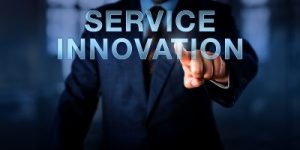
Blockchain is best known as the power behind digital currency, but the base technology has so many more applications. At the root of blockchain is its ability to record the transactions of assets. This visibility is key to the digital transformation of government services and operations.
Supply Chain
The most obvious use of blockchain may be in the movement of goods, providing a record of "ownership" of a specific asset and the path it has taken to get to its present location. The digital tracking removes the challenges of moving paperwork (either hard copy or electronic) between organizational boundaries, enabling a digital token to serve that same purpose.
Just because the ledger is "public" does not mean it is not secure. The U.S. Department of Defense is using blockchain to provide a single source of truth for tracking materials. It has proven to optimize processes and reduce costs, enhancing government readiness. Continue reading






